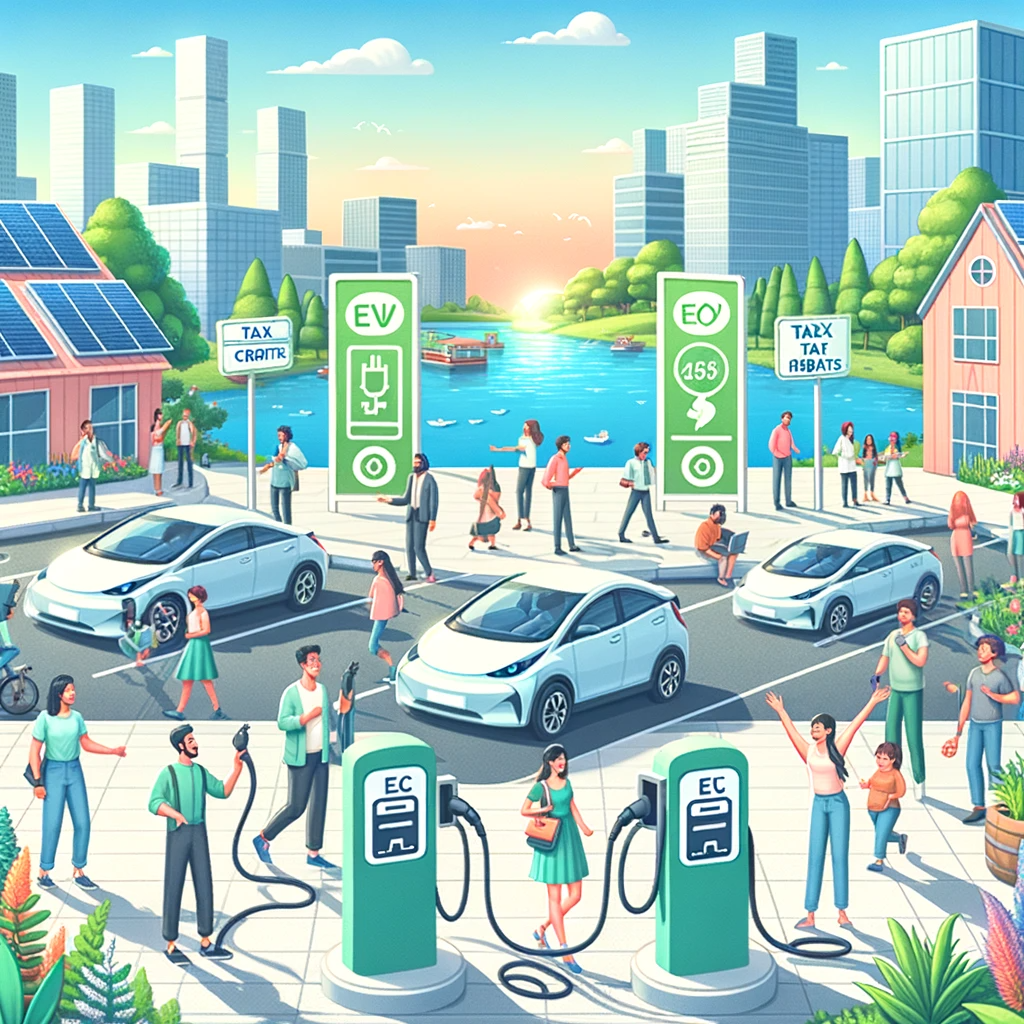In the era of sustainable communities, the push for green transportation has never been more critical. As we steer towards a cleaner, more sustainable future, electric vehicles (EVs) have taken center stage, championed by an array of financial incentives designed to accelerate their adoption. This article explores the multifaceted financial benefits that are making EVs an increasingly attractive option for environmentally conscious consumers and how these incentives are crucial for the proliferation of green transportation.

The Catalysts of Change: Financial Incentives Explained
Financial incentives for EV adoption come in various forms, from federal and state tax credits to rebates, grants, and exemptions. This section will delve into how these incentives work, their impact on the total cost of ownership of electric vehicles, and the role they play in making EVs competitive with traditional gasoline-powered cars.
Global Perspectives: Incentives Around the World
Different countries have adopted unique strategies to encourage EV adoption within their borders. By examining case studies from nations leading the charge in EV incentives, such as Norway, the United States, and China, we can gain insights into how diverse policies contribute to the global growth of electric vehicles and green transportation.
Local Initiatives: How Cities and States are Driving Adoption
Beyond national policies, local governments play a pivotal role in fostering EV-friendly environments. This part will highlight successful local initiatives, including charging infrastructure development, parking benefits, and reduced tolls for EV owners, showcasing how cities and states are integral to building sustainable communities.
The Impact of Incentives on Consumer Behavior
Financial incentives not only lower the upfront cost of electric vehicles but also shape consumer attitudes and behaviors towards green transportation. This section will analyze the psychological and economic factors behind the effectiveness of these incentives, supported by statistics and consumer surveys.
Future Trends: Evolving Incentives for a Sustainable Tomorrow
As the EV market matures and technology advances, the nature and scope of financial incentives are also evolving. This segment will explore the future of EV incentives, including potential shifts towards supporting used EV markets, enhancing charging infrastructure, and integrating EVs into renewable energy systems.
Conclusion
Financial incentives are a powerful tool in the transition towards sustainable communities and green transportation. By making electric vehicles more accessible and affordable, these incentives not only benefit individual consumers but also contribute to broader environmental goals. As we continue to innovate and refine these incentives, the path to a sustainable, electric-powered future becomes clearer and more inviting.
